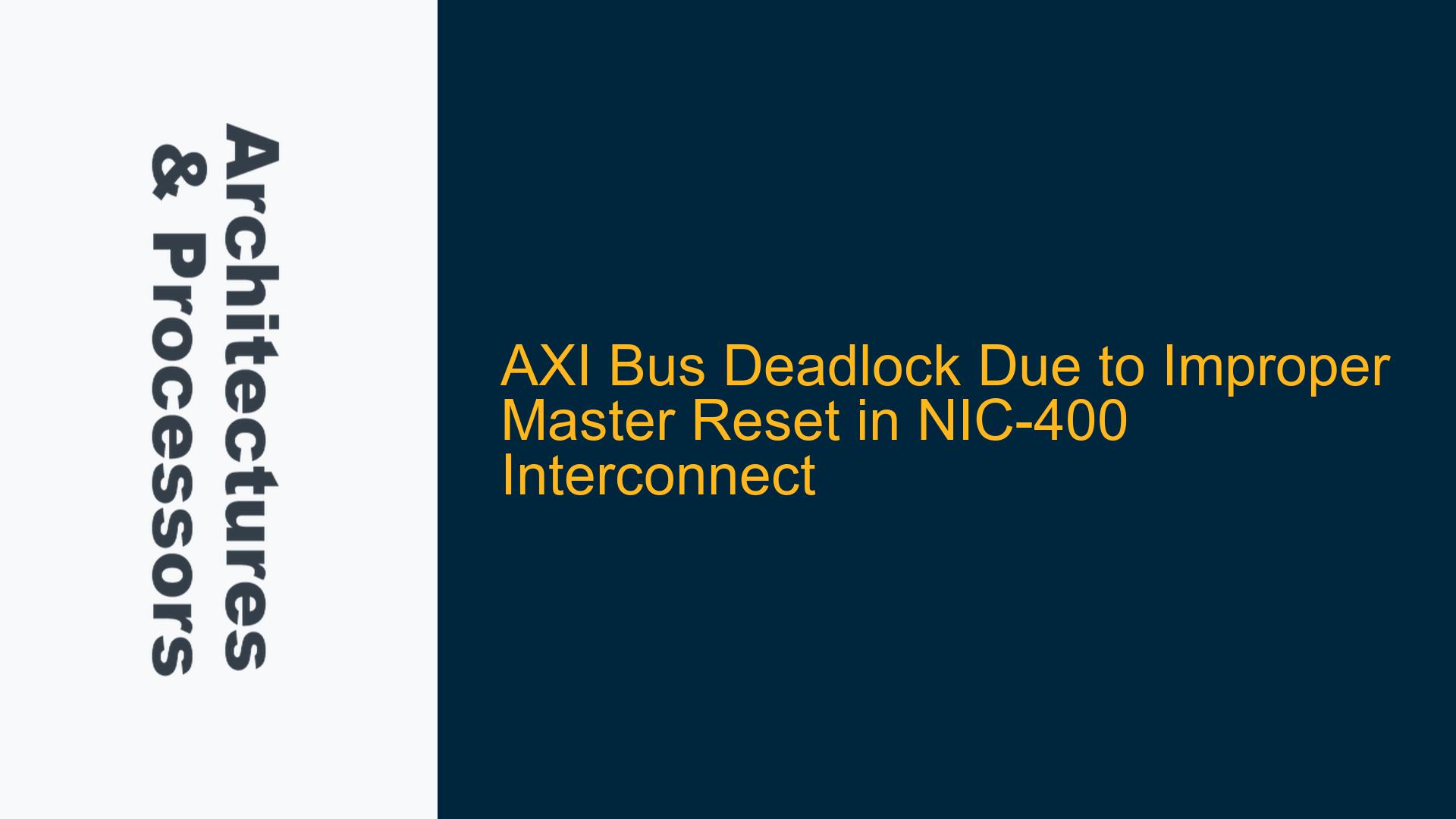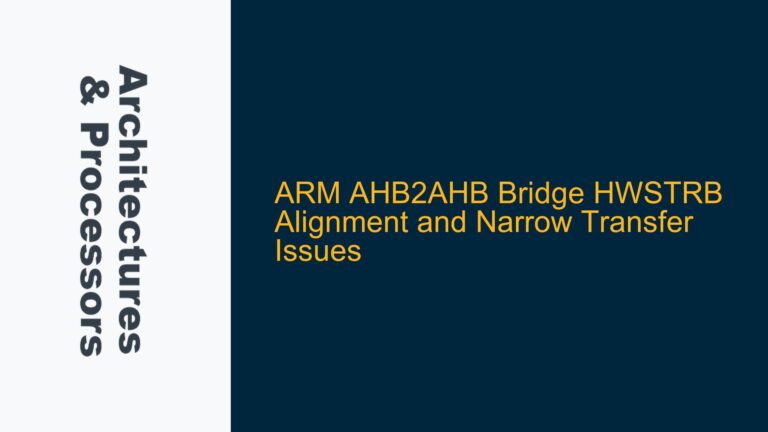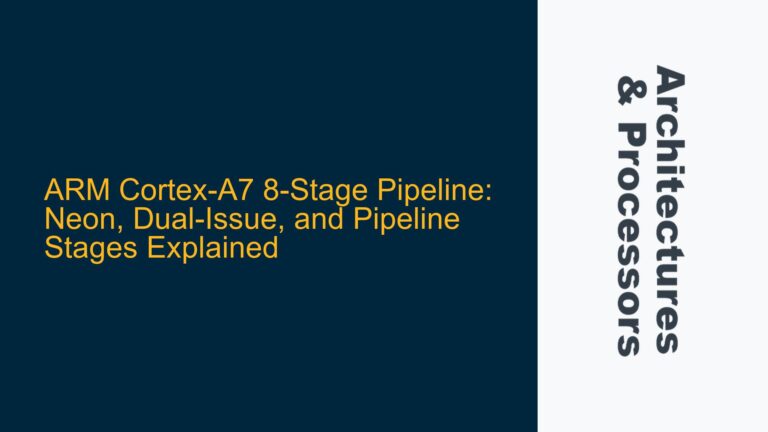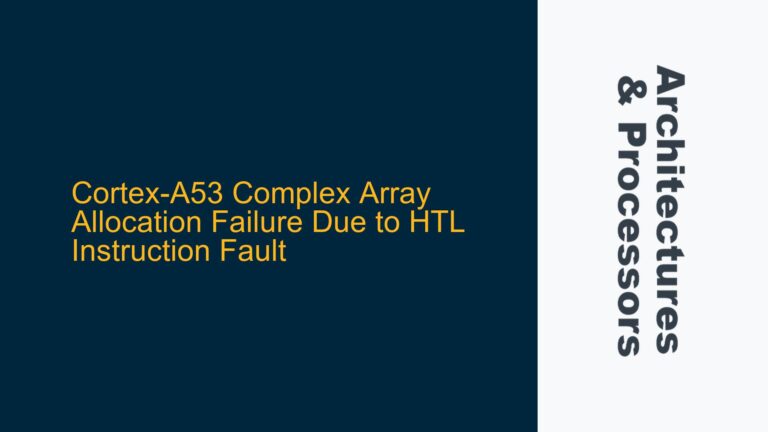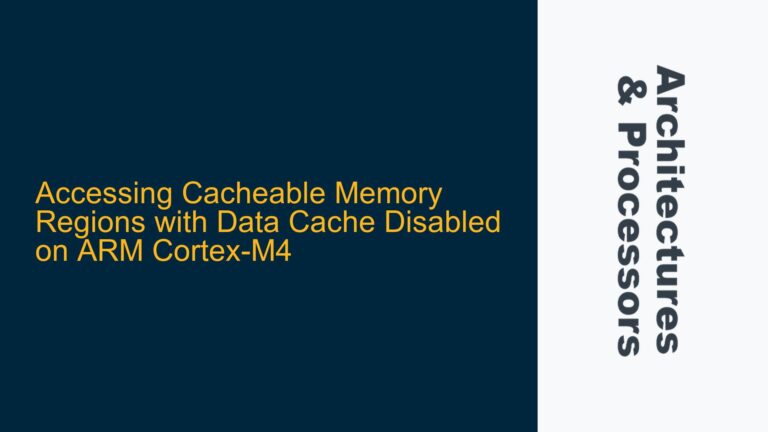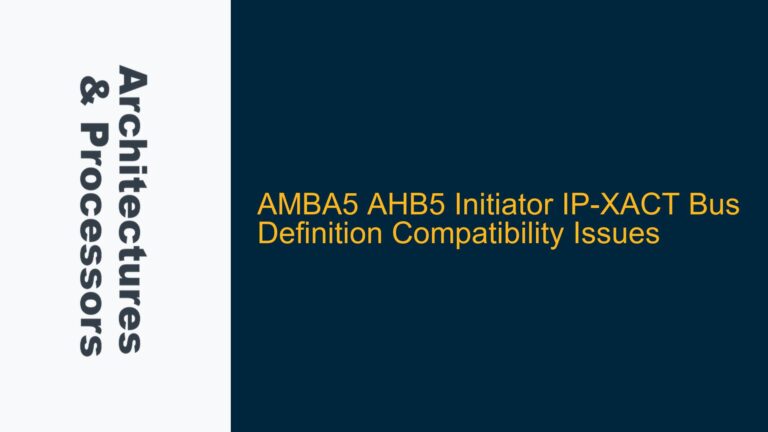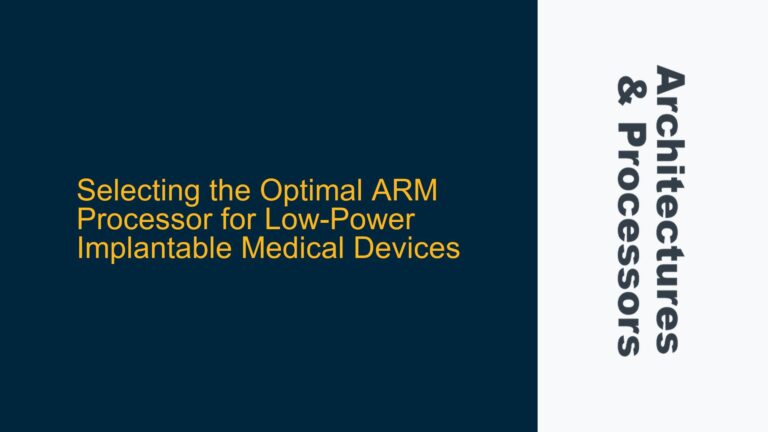AXI Master Reset Leading to NIC-400 Bus Matrix Deadlock
In ARM-based SoC designs utilizing the AXI protocol and the NIC-400 interconnect, improper reset sequencing of an AXI master can lead to a bus matrix deadlock. This deadlock occurs when outstanding AXI transactions are not completed before the master is reset, causing the NIC-400 interconnect to wait indefinitely for transaction completion. The AXI protocol mandates that all issued transactions must complete in a protocol-compliant manner. If a master is reset while it has pending transactions, the interconnect may stall, as it expects responses that will never arrive. This scenario is particularly problematic in systems where multiple masters share the same interconnect, as the deadlock can propagate and affect other masters and slaves connected to the NIC-400.
The NIC-400 interconnect is designed to handle multiple AXI masters and slaves, ensuring efficient data transfer and arbitration. However, its reliance on protocol compliance means that any deviation, such as an unexpected reset, can disrupt the entire system. When an AXI master is reset, it must ensure that all its outstanding transactions are either completed or aborted in a way that the interconnect can handle. Failure to do so can result in the NIC-400 waiting for responses that will never come, leading to a deadlock.
Outstanding Transactions and Reset Timing Mismatch
The primary cause of AXI bus deadlock in this scenario is the presence of outstanding transactions at the time of master reset. When an AXI master initiates a transaction, it expects a response from the slave through the interconnect. If the master is reset before the transaction completes, the interconnect remains unaware of the reset and continues to wait for the transaction to finish. This mismatch in reset timing and transaction completion is a critical issue.
Another contributing factor is the lack of proper handshaking between the master and the interconnect during reset. The AXI protocol does not inherently provide a mechanism for reset synchronization between masters and the interconnect. Without a handshake, the interconnect cannot be informed that the master is about to be reset, leading to potential deadlock. Additionally, if the master is reset while the interconnect is still processing its transactions, the interconnect may attempt to send responses to a non-functional master, further exacerbating the issue.
The NIC-400 interconnect’s behavior during reset also plays a role. If the interconnect is not designed to handle abrupt resets of its connected masters, it may enter an undefined state. For example, if the interconnect’s arbitration logic is waiting for a response from a reset master, it may stall other transactions, causing a system-wide deadlock. This is especially problematic in systems with multiple masters, as the deadlock can cascade and affect unrelated transactions.
Implementing Reset Synchronization and Deadlock Detection Mechanisms
To avoid AXI bus deadlock caused by improper master reset, several strategies can be employed. First, a reset synchronization mechanism must be implemented to ensure that the master and interconnect are in a known state before reset is applied. This can be achieved using a low-power interface handshake, as suggested in the discussion. The low-power interface allows the master to signal its intent to reset and wait for an acknowledgment from the interconnect, ensuring that all outstanding transactions are completed or aborted before reset.
Second, deadlock detection mechanisms should be integrated into the system. These mechanisms can monitor the state of the interconnect and identify situations where transactions are stalled indefinitely. For example, a watchdog timer can be used to detect if a transaction has not completed within an expected timeframe. If a deadlock is detected, the system can initiate a recovery sequence, such as resetting the affected components or reinitializing the interconnect.
Third, the NIC-400 interconnect should be configured to handle master resets gracefully. This can involve implementing logic to abort transactions from a reset master and clear any pending requests in the interconnect. The interconnect should also be designed to prioritize transactions from non-reset masters, ensuring that the system remains functional even if one master is reset.
Finally, simulation and verification play a crucial role in identifying and resolving potential deadlock scenarios. System-level simulation should include test cases where masters are reset during active transactions, and the behavior of the interconnect and other components should be closely monitored. Formal verification techniques can also be used to prove that the system is free from deadlock under all possible reset conditions.
By combining these strategies, designers can ensure that AXI bus deadlock due to improper master reset is avoided, and the system remains robust and reliable. Proper reset sequencing, deadlock detection, and thorough verification are essential for achieving this goal.
